Authentic British scones are the pinnacle of classic afternoon tea. These buttery, flaky baked beauties are best served with homemade clotted cream and strawberry jam.
This recipe can be used as a basic recipe for scones, which you can easily modify to include sultanas, chocolate chips, other dried fruits.
Want a savoury scone? Simply add cheese, sun-dried tomatoes, pancetta or herbs.
Apart from the classic toppings, you can also top them with butter and apple sauce, or for a fall/autumn touch pumpkin cream cheese spread.
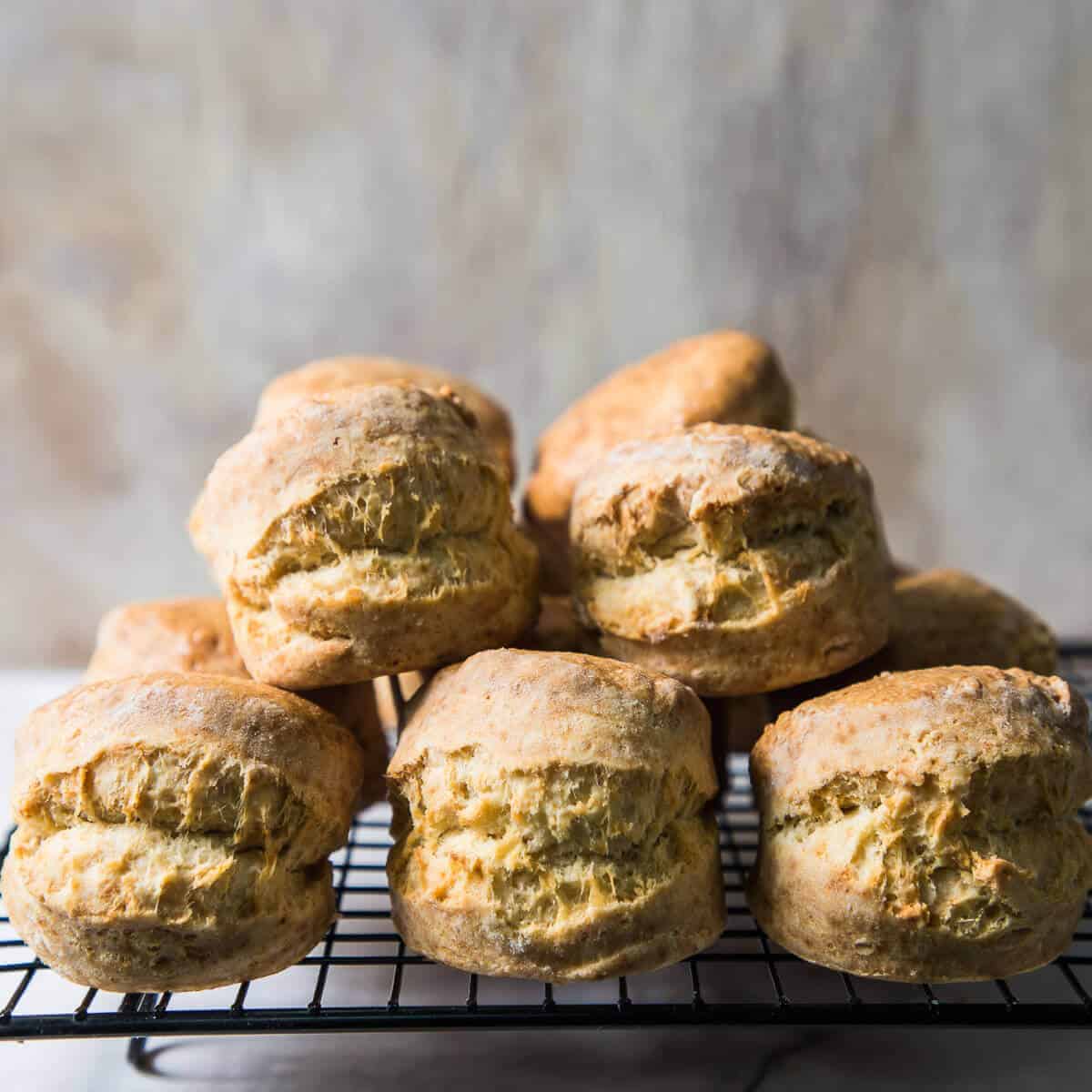
Jump to:
Scones vs biscuits
British scones, American scones and American biscuits are all very much the same thing. Whereas a British biscuit is equal to an American cookie.
The American biscuit and British scone is the same thing. Both contain about 30%-40% fat in relation to flour and use minimal sugar. Leavened with baking powder and the liquid part would usually be cream, buttercream or full-fat milk. Most of the time a combination of the above.
American scones contain up to 60% fat in relation to flour, are heavily sweetened, and usually contain added flavours like berries, chocolate, fruits and are often glazed with some sort of frosting. The liquid and leavening agents stay the same.
So, as you can see. All very much same-same but, slightly different.
Ingredients
These are the ingredients for a basic scone recipe. Further down, we look at alternatives and what else can be used.
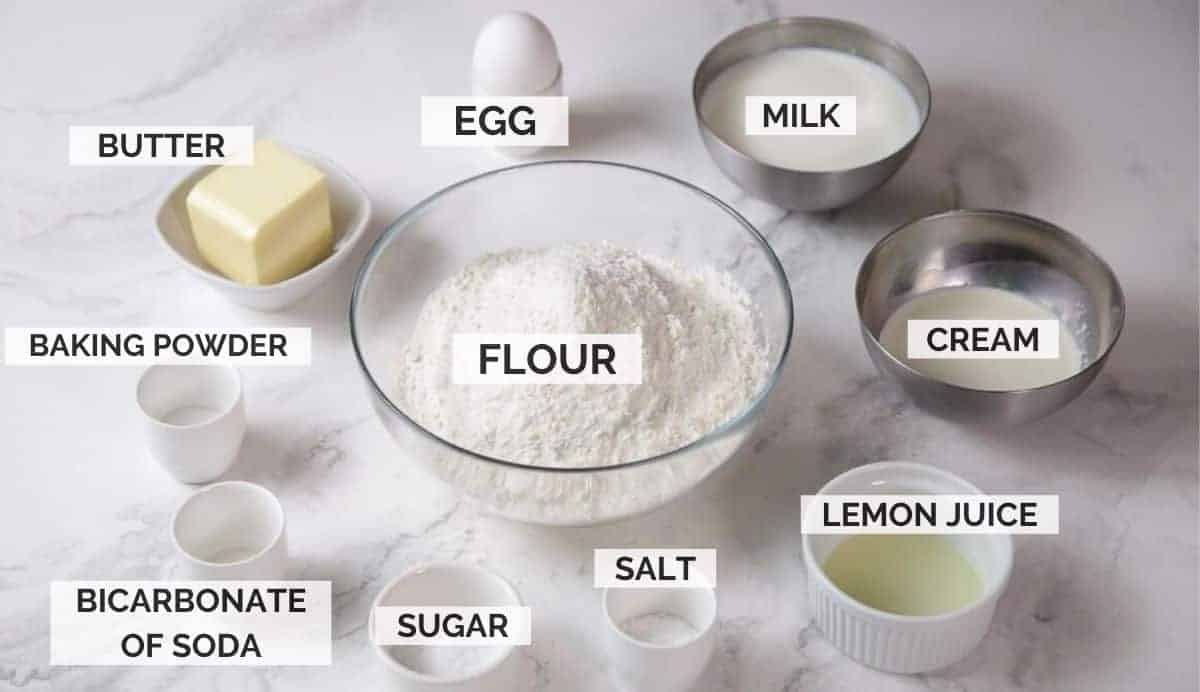
- Flour - All purpose flour. Don't use bread flour or flours with a high gluten content.
- Dairy - Double cream, whipping cream, buttermilk and full-fat milk. Often used in combination.
- Fat - Butter is best, but alternatives can be used, especially if you are making vegan or dairy free scones.
- Raising agents - Baking powder and bicarbonate of soda are usually used in combination.
- Salt and Sugar - Regular white sugar and fine sea salt. Both are used sparingly, which gives scones/biscuits a very neutral yet balanced taste.
- Egg - For making an egg wash and brushing the tops before baking. Optional but necessary for an authentic scone. Alternatively, simply milk or a bit of sweetened water is used.
Step-by-step instructions
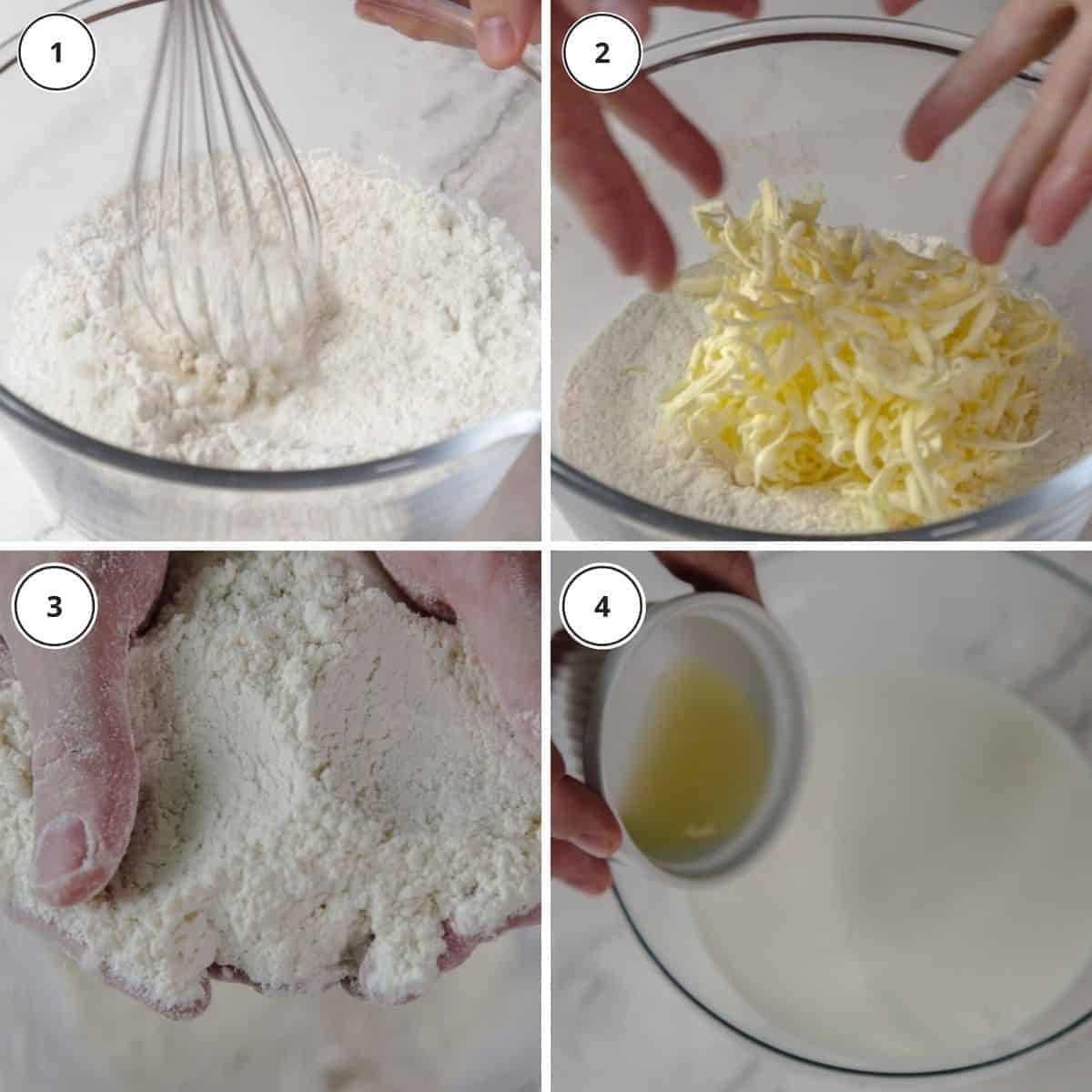
- Sieve and whisk the dry ingredients until well combined.
- Grate and add frozen butter to the flour mix.
- Rub the flour and butter together until it resembles fine sand. Place into the fridge to keep cold.
- Next, mix the wet ingredients together.
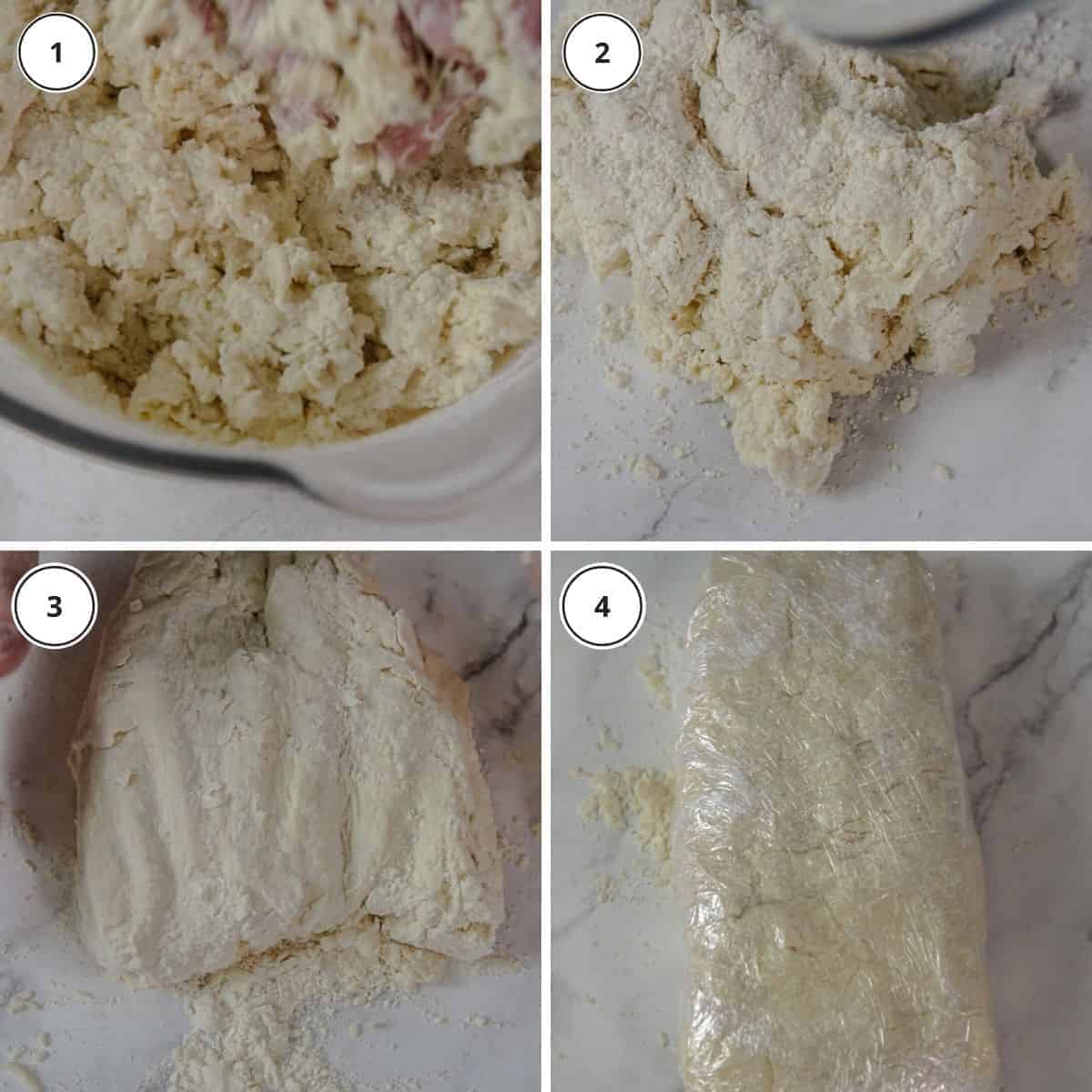
- Add the wet ingredients to the flour mix and lightly but swiftly bring it together into a dough.
- The dough should just be coming together and not be smooth. We want to work it as little as possible.
- Dump the mix out onto a work surface and push together any unmixed bits of dough. Wrap in cling film and rest for 20 minutes in the fridge.
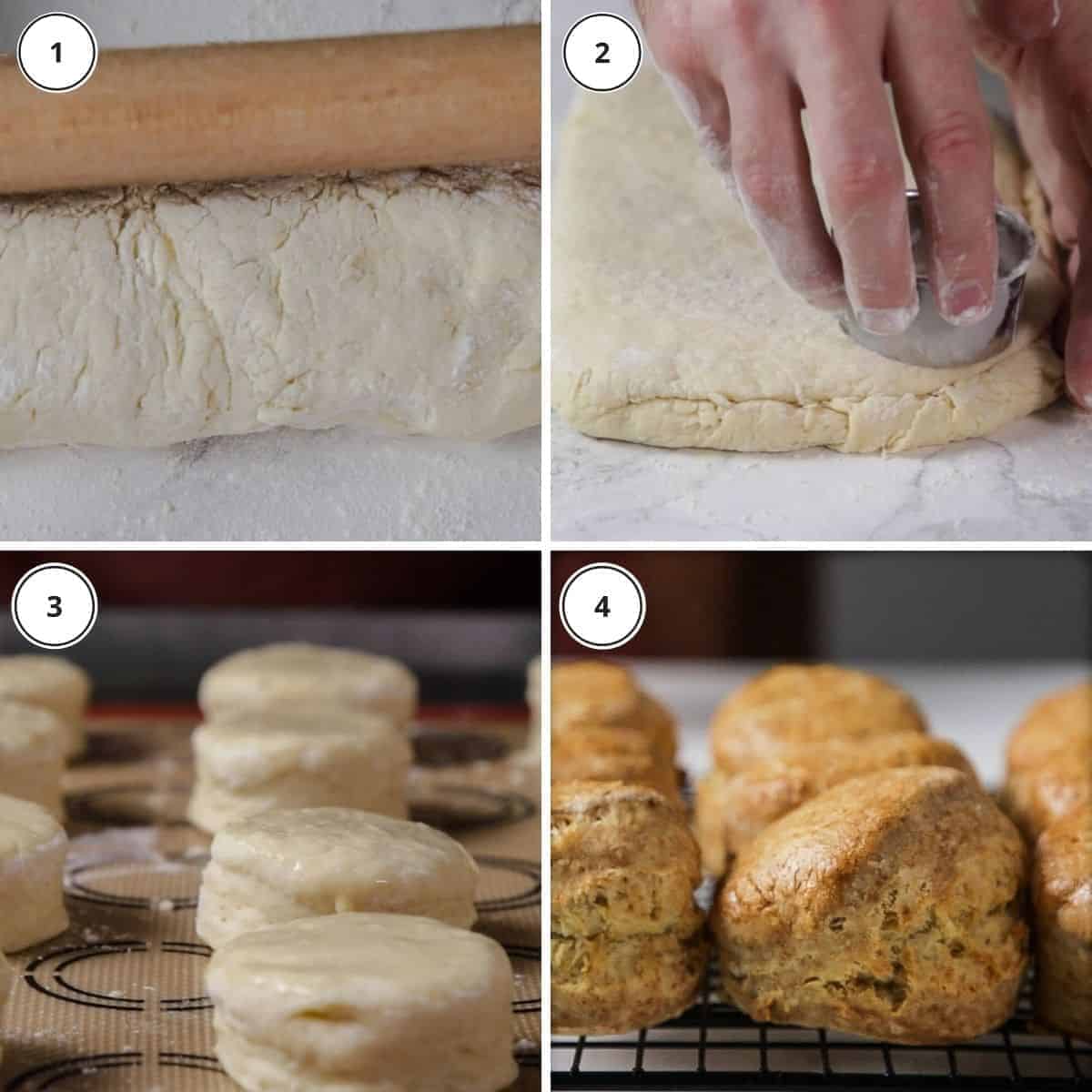
- Turn the oven to 180 °C or 356 °F
- Once rested, dump the dough onto a lightly floured work surface. Roll it out with a rolling pin, making sure to roll in one direction starting from the centre.
- When the dough is about 2 centimetres or just less than an inch thick, fold it onto itself once, known as laminating. Roll the dough out again to 3.5 cm or 1.3 inches height.
- Dip a round or fluted cutter into flour and cut out circles. If you want, you can also cut it into triangles like biscuits.
- Place the cut scone dough onto a baking tray lined with silicone baking mat or baking paper.
- Brush the tops with egg wash (1 whole egg mixed with 50 grams water/milk).
- Bake for 18 minutes until golden brown.
- Remove and cool down only slightly before serving still steaming hot with butter, clotted cream, strawberry jam or all of the above.
Video instructions
Tips for success
- Use frozen butter and keep the dough and other ingredients cold throughout the process.
- Use heavy cream or at least buttermilk instead of just milk or water.
- Work as light as possible, taking care not to over mix the scone dough.
- Roll out lightly from the centre to the sides in one direction only.
- Chill the dough before baking.
- Serve the scones as soon as they come out of the oven.
Variations
- Dried fruit - Sultanas, raisins, dried apricots, dried cranberry, dates or pretty much any other dried fruit you can think of. Simply chop up 100 grams or half a cup of your desired dried fruit and add it to the liquid part of the recipe.
- Flavourings - Citrus zest, vanilla, spices. Add some orange or lemon zest along with the seeds from ½ a vanilla pod and ½ a teaspoon of ground cinnamon for delicious seasonal scones.
- Dairy - Buttermilk, sour cream, yogurt and milk can all be used instead of cream. You can also combine them.
- Chocolate - Add dark chocolate flakes or a heaped tablespoon of cocoa powder to the dry ingredients.
- Alternative flours - Because scones don't like being overworked, you can substitute the regular flour for lower gluten variants like rye or buckwheat. Take note that these flours will lead to somewhat denser scones and absorb more moisture sometimes.
- Dairy free - Replace the cream and milk with coconut milk.
- Gluten-free - Use gluten-free flour instead of regular.
- Vegan - Substitute the butter for shortening or canola oil. Use nut or plant based milk instead of dairy, and brush the tops with the same vegan milk instead of egg wash.
- Cheese scones - Add 100 grams grated cheese to the flour mix.
Serving suggestions
Sweet
- Classic British scones with clotted cream and jam or orange marmalade
- Simply with butter fresh from the oven while steaming hot still.
- With whipped cream and fresh strawberries in summer.
Savoury
- Top with fried or broken soft-boiled quails eggs and hollandaise sauce.
- Add crispy bacon and semi dried cherry tomatoes.
- Top with creamed spinach or baked
Frequently asked questions
You either overworked the dough or your raising agents are not working properly.
Overworked dough, not enough leavening or low fat, low moisture content.
You can freeze raw scone dough and defrost it in the fridge before baking. Once cooked, they can also be frozen and reheated when needed. The raw or cooked scones will keep well for 3 months in the freezer, sealed airtight.
Scones do not keep well in the fridge. You can store them closed airtight at room temperature for a day. Otherwise, freeze them for longer storage.
Useful equipment
Related recipes
This site contains affiliate links. I may earn a tiny commission on qualifying purchases at no extra cost to you. By bookmarking these links you help support the upkeep of this site.
If you found this post helpful or have learned something, comment, subscribe, and follow me on social platforms for more tasty recipes.
Recipe
Homemade British Scones/American Biscuits(Video)
Ingredients
- 500 grams all-purpose flour - note 1
- 10 grams bicarbonate of soda
- 4 grams baking powder
- 10 grams powdered sugar - note 2
- 8 grams salt
- 150 grams butter - note 3
- 160 grams milk - note 4
- 160 grams double cream - note 4
- 20 grams lemon juice
Instructions
Mixing the ingredients
- Sieve and whisk the dry ingredients until well combined.
- Grate and add frozen butter to the flour mix.
- Rub the flour and butter together until it resembles fine sand. Place into the fridge to keep cold
- Next, mix the wet ingredients together.
Making the dough
- Add the wet ingredients to the flour mix and lightly but swiftly bring it together into a dough.
- The dough should just be coming together and not be smooth. We want to work it as little as possible.
- Dump the mix out onto a work surface and push together any unmixed bits of dough.
- Wrap in cling film and rest for 20 minutes in the fridge.
Rolling, cutting and baking
- Turn the oven to 180 °C or 356 °F.
- Once rested, dump the dough onto a lightly floured work surface. Roll it out with a rolling pin, making sure to roll in one direction starting from the centre.
- When the dough is about 2 centimetres or just less than an inch thick, fold it onto itself once, known as laminating. Roll the dough out again to 3.5 cm or 1.3 inches height.
- Dip a round or fluted cutter into flour and cut out circles. If you want, you can also cut it into triangles like biscuits.
- Place the cut scone dough onto a baking tray lined with silicone baking mat or baking paper. Brush the tops with egg wash (1 whole egg mixed with 50 grams water/milk)
- Bake for 18 minutes until golden brown.
- Remove and cool down only slightly before serving still steaming hot with butter, clotted cream, strawberry jam or all of the above.
Video
Notes
- Flour - Use low gluten flour for best results. You can also substitute gluten-free flour.
- Sugar - Caster sugar can be used instead of confectioners/powdered sugar.
- Butter - Use shortening if making vegan scones.
- Milk/cream - You can use only cream or only milk. I find a combo works best. For vegan scones, use coconut or plant-based milk.
- The raw dough can be frozen and thawed in the fridge before baking.
- Once cooked, it's best eaten immediately. Do not store in the fridge.
- Can be frozen airtight and reheated in the oven.
- Use frozen butter and keep the dough and other ingredients cold throughout the process.
- Use heavy cream or at least buttermilk instead of just milk or water.
- Work as light as possible, taking care not to over mix the scone dough.
- Roll out lightly from the centre to the sides in one direction only.
- Chill the dough before baking.
- Serve the scones as soon as they come out of the oven.

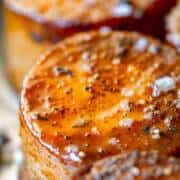
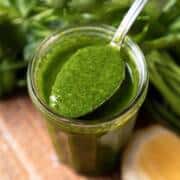

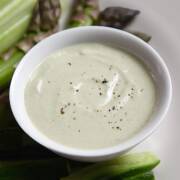
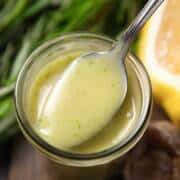
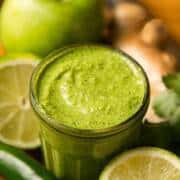
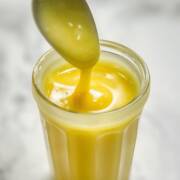
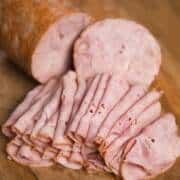

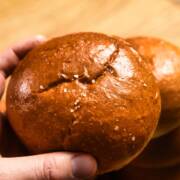
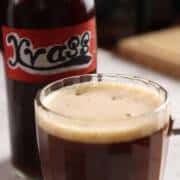
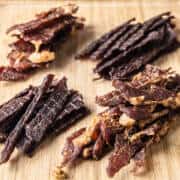
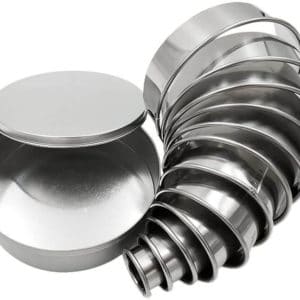
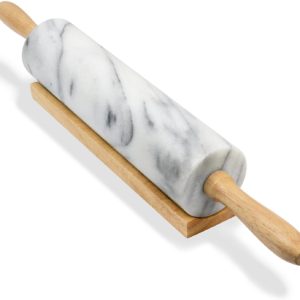

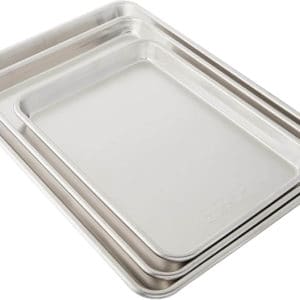
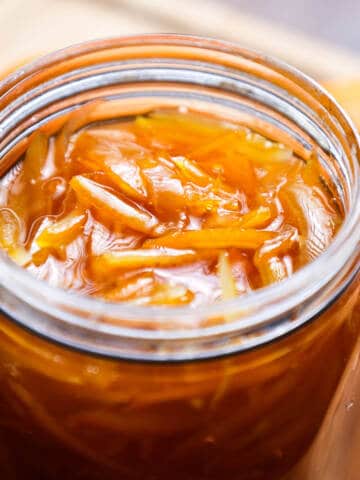
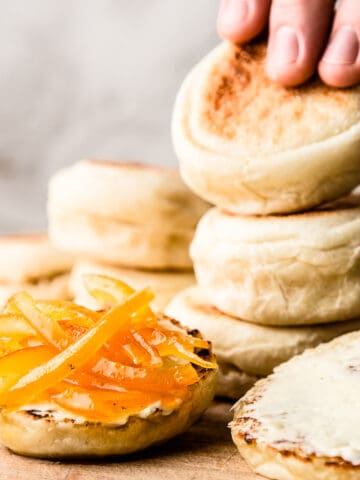
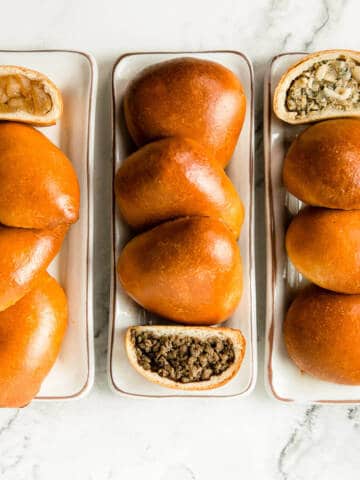
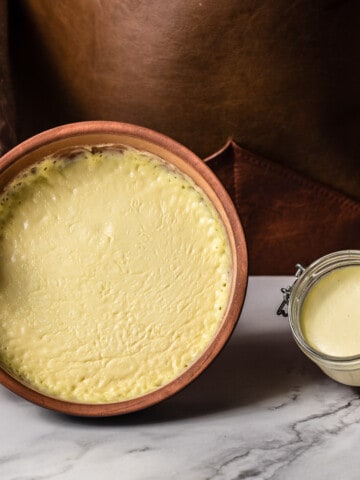
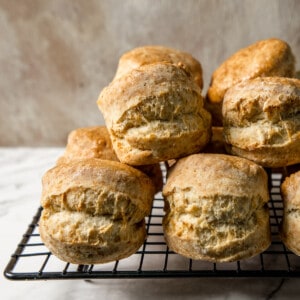
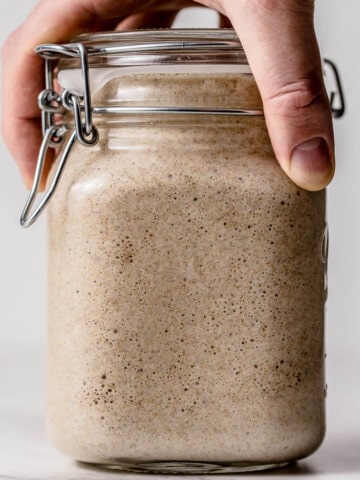
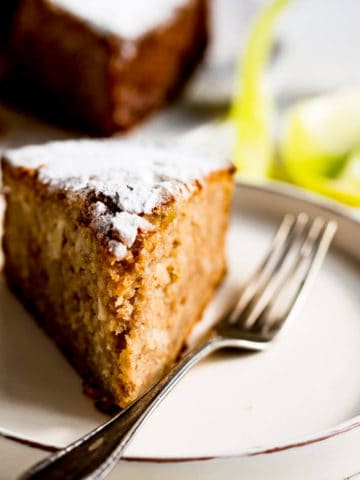
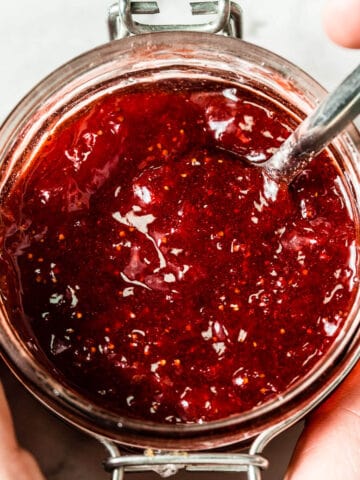
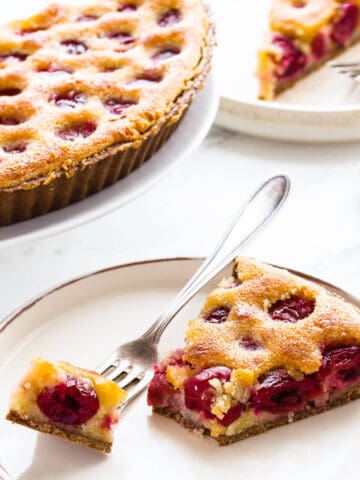
MCM
I used this recipe to make 4 batches (around 55 scones) for a party last weekend. The results tasted great and looked impressive - although my first batch all sort of fell over like flaky buttery slinkys. I varied the flour I used in each batch - sometimes using a combination of AP and stone ground pastry flour, a bit of light rye or white whole wheat. They all turned out great! I froze the scones and plan to reheat a bit before guests arrive at our tea party this weekend. I'm a proficient home-baker but have never been into scones or biscuits - perhaps, until now! Thanks for the recipe and video!
Sharon
These are perfect! Had them at a tea. I want to make them, but am hoping the person who baked them converted the weight quantities into cups etc. She didn’t tell me the recipe was in weights.